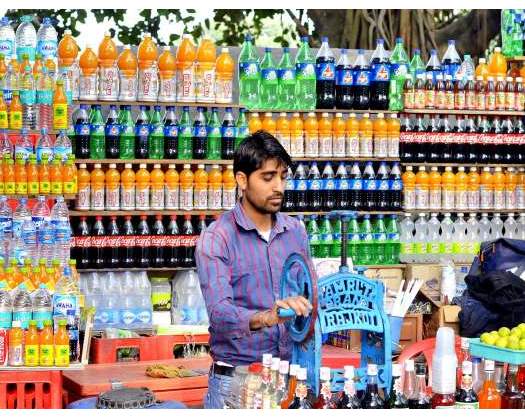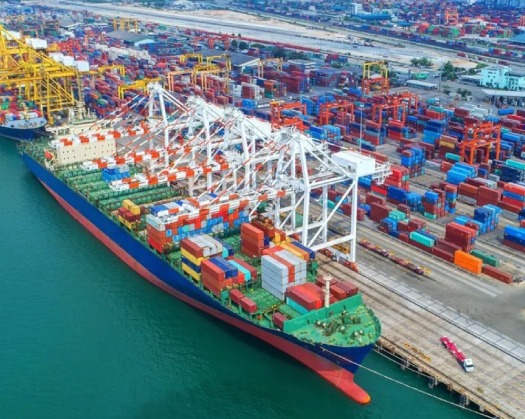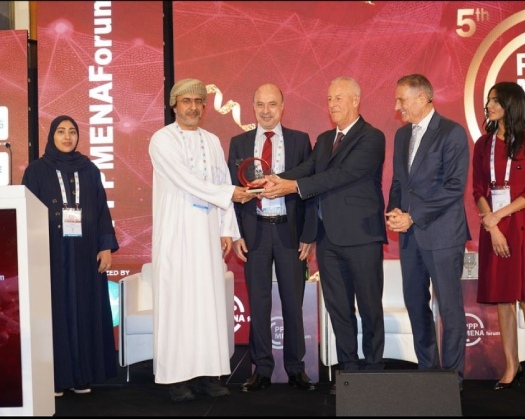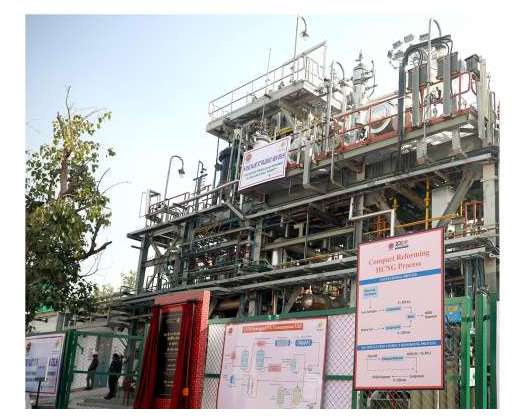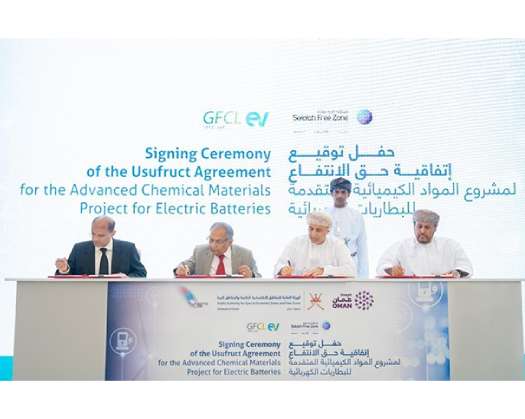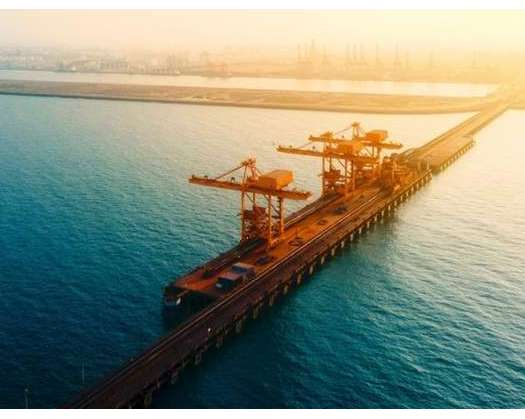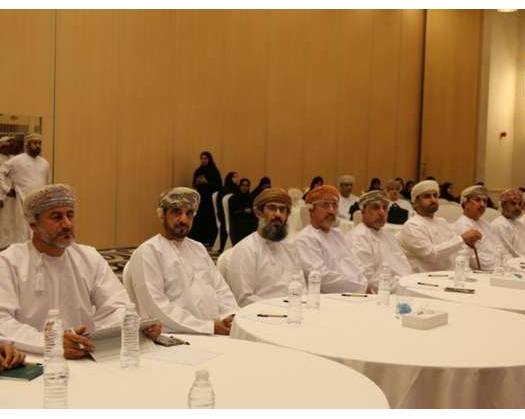New Delhi: The HSBC Flash India Composite PMI Output Index has experienced a notable increase to 58.6, a reflection of a more rapid expansion within the nation's economy, as delineated by the HSBC Flash PMI survey compiled by S&P Global.
This rise is the ninth consecutive month exhibiting growth, with the figure surpassing the long-term average of 54.7. The private sector has demonstrated robust expansion in October.
This surge in growth is attributed largely to accelerated increases in both manufacturing production and services activity.
The manufacturing sector emerged as a primary contributor to this acceleration, with the HSBC Flash India Manufacturing PMI climbing to 57.4 from 56.5, accompanied by an increase in the Manufacturing Output Index to 60.1 from 59.8. This development signifies a significant recovery in manufacturing conditions, buoyed by a notable rise in new orders. The growth in manufacturing sales has outpaced that of the services sector, albeit with growth observed in both. Furthermore, export sales have seen a more rapid expansion, indicative of improved international demand for Indian goods and services.
The services sector has also shown consistent progress, with the Business Activity Index reaching 57.9, an increase from 57.7 in the preceding month.
Pranjul Bhandari, Chief India Economist at HSBC, remarked, "The flash manufacturing PMI data suggests that the manufacturing industry has regained momentum in October. Several components have seen accelerated growth following a moderate slowdown in recent months."
"There was a notable increase in both new orders and new export orders, signifying a positive outlook for industrial production in the final months of 2024. However, manufacturers continue to face challenges with rising input prices, which pressure profit margins. To mitigate this, manufacturers are endeavoring to offset higher costs by increasing output prices. Meanwhile, there has been a surge in employment activity, particularly within the service sector, where the increase in hiring reached an 18-and-a-half-year high," Bhandari further explained.
Manufacturing also witnessed a substantial increase in job creation, contributing to the strongest employment growth since February 2006. Enterprises have expanded both full-time and part-time positions, with a rise in both permanent and temporary contracts to cater to demand.
The data for October revealed a modest increase in capacity constraints, characterized by a rise in backlogs among service providers and a slight decrease in the same for manufacturing entities. This development precipitated a more significant surge in employment within the service sector, as business activities reached their zenith in the past three months.
The cost of inputs experienced a three-month high, with price escalations observed across various sectors, including chemicals, steel, and food items.
Manufacturing entities reported the most substantial increase in selling prices in a decade, aiming to offset rising costs through consumer pricing. Concurrently, the rate of input cost inflation for the private sector as a whole reached its zenith, with businesses across both sectors adjusting prices in light of persistent cost pressures.
Despite a slight decline, sentiment among manufacturers reached its zenith since July, albeit with a minor decrease among service providers. Nonetheless, overall business confidence remained above the long-term average, suggesting an expectation of favorable demand conditions amidst inflationary challenges.

